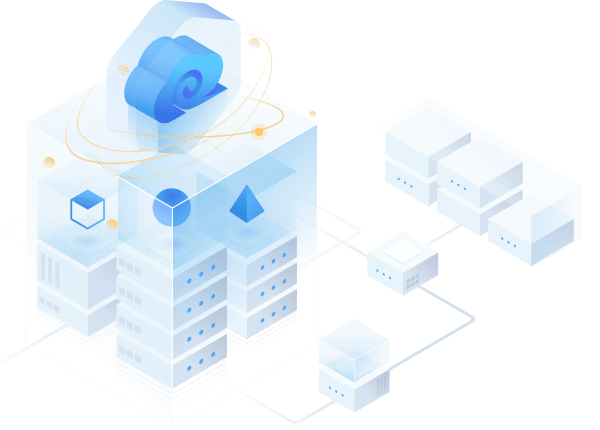DDI Solutions for Finance
Driven by the real needs of the financial industry, this solution integrates advanced networking technologies with business scenarios to help financial institutions achieve a seamless transition from traditional architectures to intelligent, agile, and secure network systems — ensuring compliance, efficiency, and resilience at every stage.




